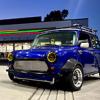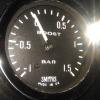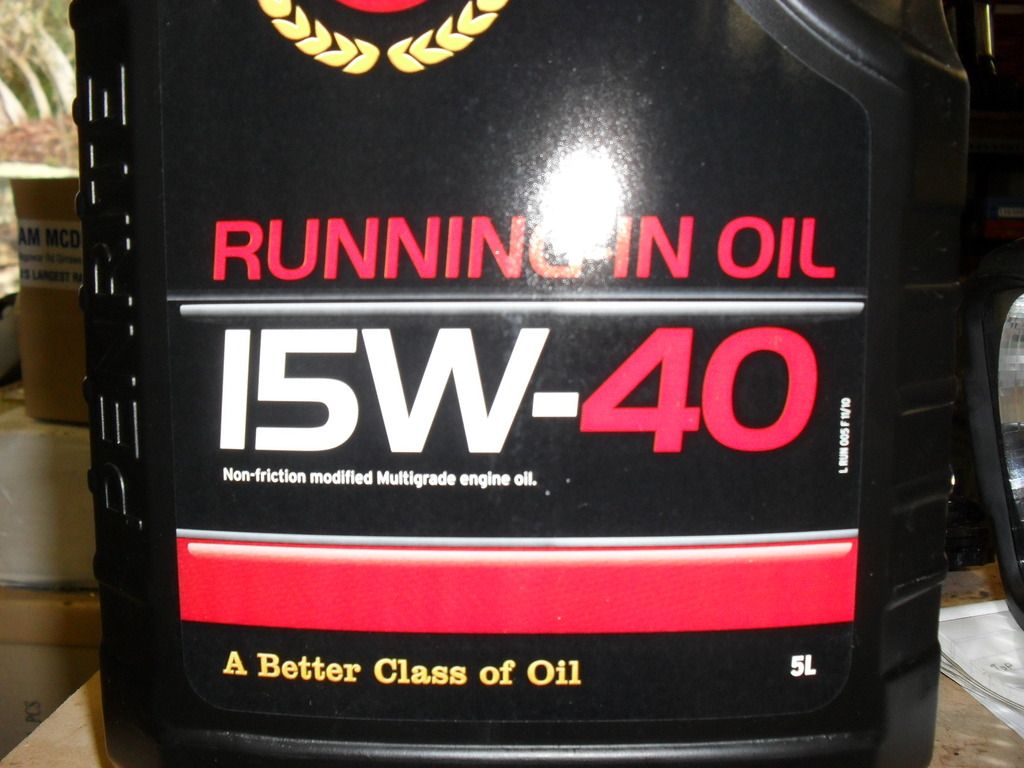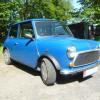I'm glad I read this, I'm just about to run a fresh engine build in. Can I ask how would you set up the engine so it's ready to go right away if the engine is modified? Sorry to hijack.
It's much easier with standard or known builds.
I set the static ignition timing while the engine is still in the engine stand if I'm not 100% sure, I'll set it on the retarded side a little (maybe 2 - 4 degrees at most).
In regards to the Mixture, fit the right needle or again, using charts or even Win SU and the Spring. Starting off with the Jet in the carb flush with the bridge, I wind the nut down 8 - 9 'flats' (around 1-1/2 turns). That usually gets one in the ball park near enough for that first run.
Upon starting it, I'm driving it right away, get it up to temp, then 3 or 4 wide open acceleration runs from 1500 to 3000 RPM. After that, return to the workshop, let it cool overnight, re-torque the head, set the tappets, check for leaks etc.
At this point, the engine can be run again, up to temp and fast idled (see below) for brief periods to check the timing, mixture etc, but try to keep them as brief as possible and I would suggest avoiding anything longer than about 2 minutes. If you need more time, take it out and bring it back, go again.
If the engine has a new or reground cam or just new or re-faced followers the idle speed should be set around 2000 RPM minimum for the first 20 minutes (or as recommended by the organ grinder). This is because fresh ground steels don't readily accept / absorb oil and so can dry run. The only lubrication the cam lobes and followers get is from what's thrown off from the Big Ends (even if the cam is 'cross drilled'). I also believe this is why cam life in the later cars, with the tall diffs, is poor, from continuous low RPMs.




















